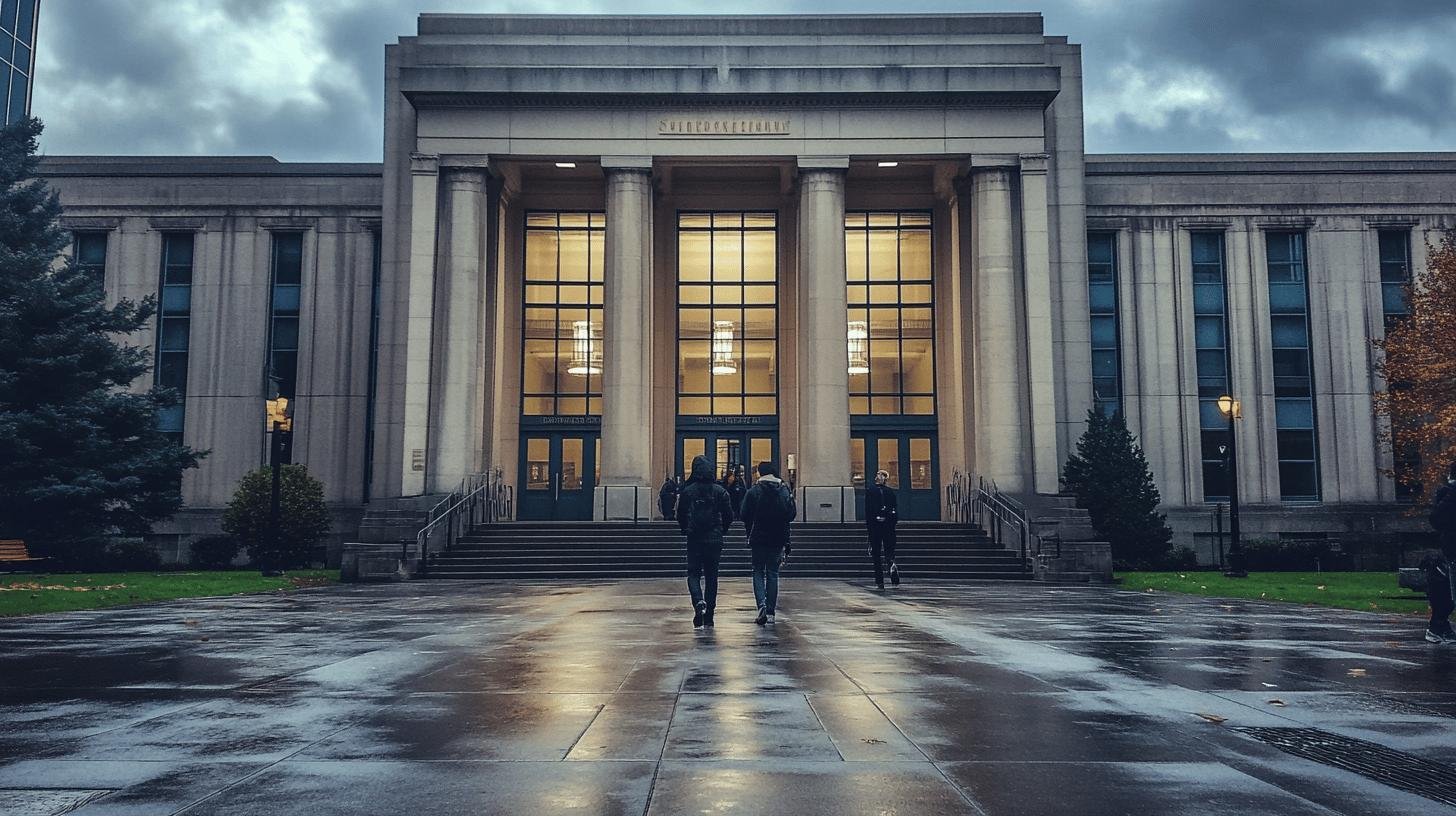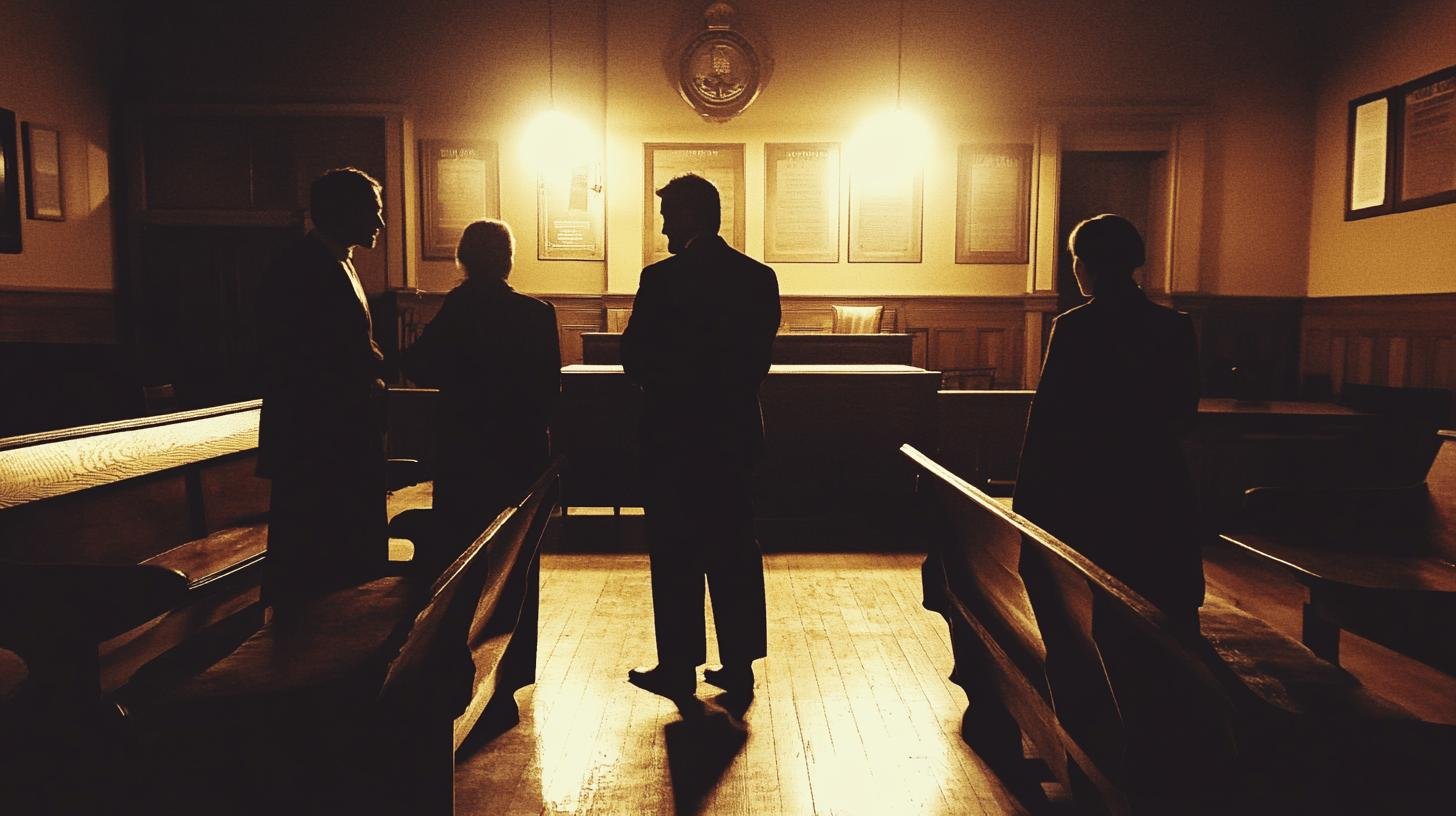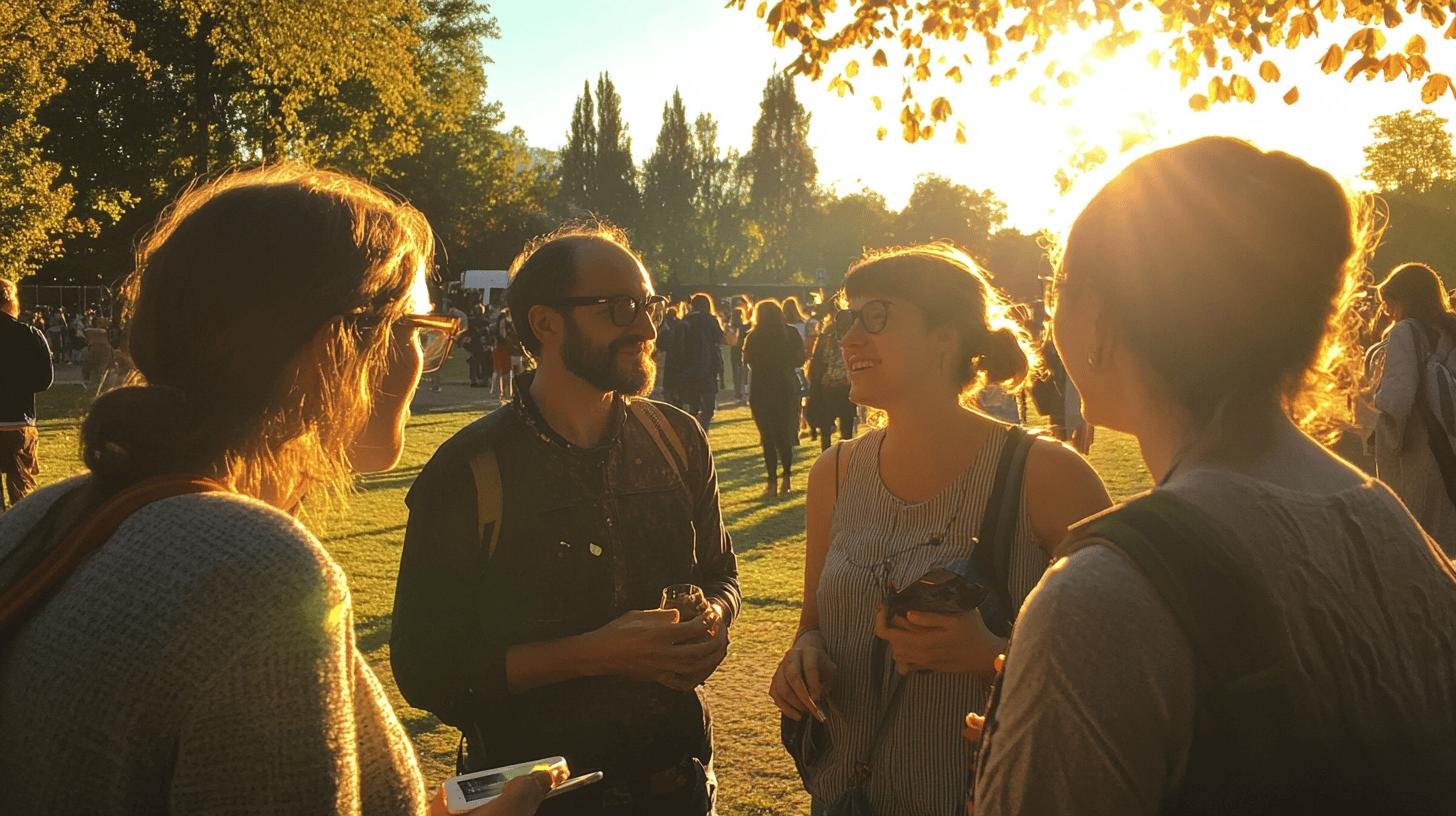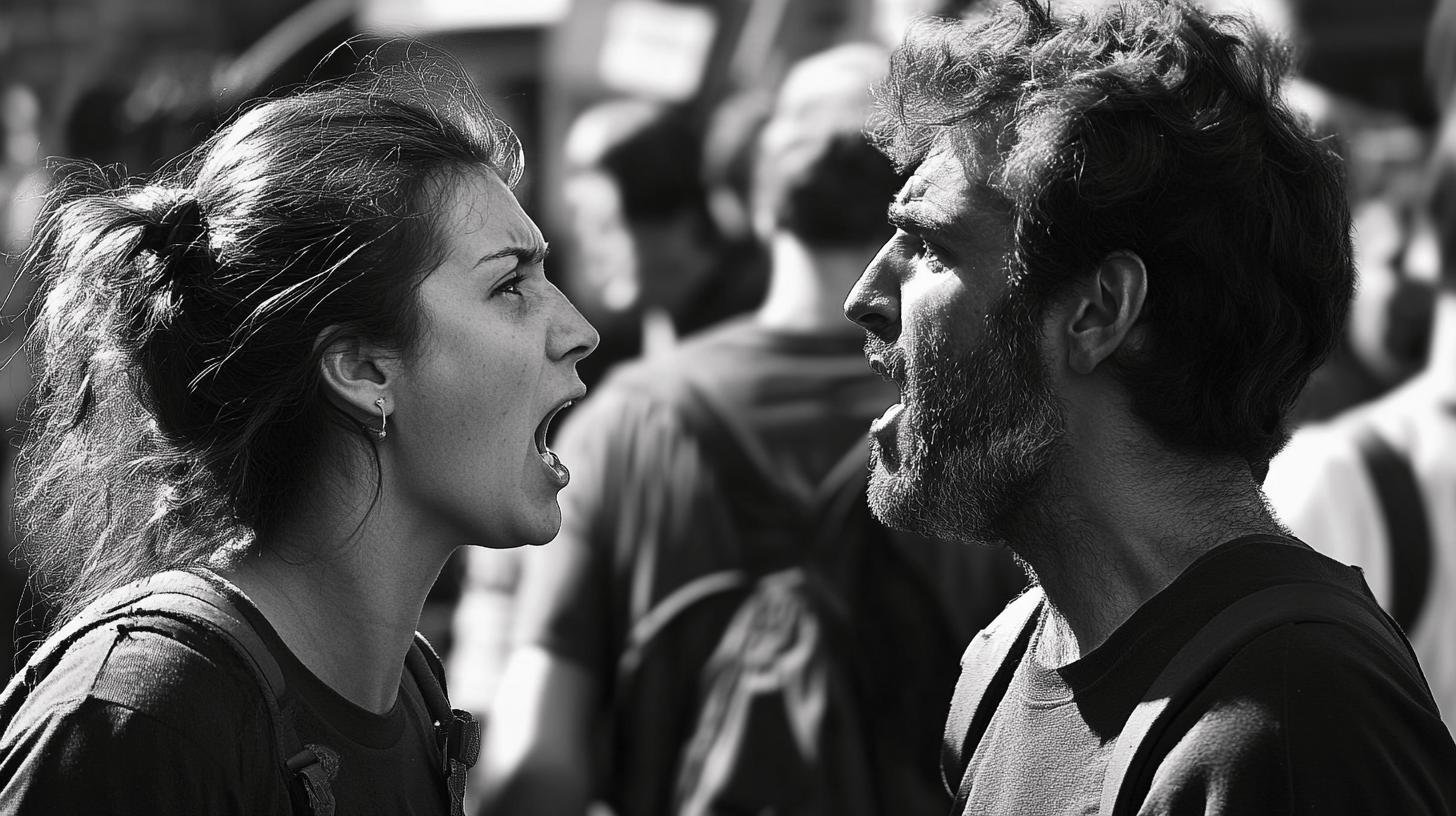TL;DR:
- Does freedom of speech include hate speech? Under the First Amendment, most hate speech is protected unless it directly leads to violence or makes real threats.
- Countries’ approaches to hate speech:
- U.S.: Protects most hate speech.
- U.K.: Restricts hate speech to maintain public order.
- Germany: Strict regulations on hate speech, especially Holocaust denial.
- Canada: Balances free speech with hate propaganda laws.
- Australia: Enforces regional hate speech laws.
- Public opinion:
- 57% believe hate speech is protected.
- 45% oppose hate speech protection.
- 66% prioritize free speech for 2024 voting.
- Landmark cases include Skokie v. National Socialist Party and Chaplinsky v. New Hampshire.
Is hate speech covered by free speech? This question stirs heated debates worldwide. While the First Amendment fiercely protects speech, it raises eyebrows when it extends shelter to hate speech. The thin line between ensuring freedom and addressing harm often sparks tension. In this blog, we’ll explore how different countries wrestle with this issue and how the First Amendment shapes our understanding of speech boundaries. Buckle up for a journey through the legal maze, exploring where we should draw the line on what counts as protected speech.
Defining Freedom of Speech and Its Boundaries
The First Amendment is vital in protecting freedom of speech in the U.S. It allows people to share their thoughts without fearing government censorship. This freedom supports democracy by encouraging open debate and idea exchange. However, it doesn’t mean all speech is free from consequences.
Certain types of speech are not protected by the First Amendment. For instance, speech that incites immediate violence or poses a threat isn’t protected under U.S. law. These limits aim to prevent harm and ensure public safety. Although hate speech is often offensive, it’s usually protected unless it enters these unprotected zones, highlighting the struggle of balancing free speech with safety.
Globally, countries handle hate speech differently based on cultural and legal factors. Some nations focus on limiting hate speech to maintain social harmony. Others, like the U.S., emphasize individual freedoms. These differences show how hate speech laws impact societies, either by fostering inclusivity or potentially suppressing free expression.
| Country | Approach to Hate Speech |
|---|---|
| United States | Protects most hate speech under the First Amendment |
| United Kingdom | Implements laws that restrict hate speech to protect public order |
| Germany | Strictly regulates hate speech, particularly related to Holocaust denial |
| Canada | Balances free speech with laws against hate propaganda |
| Australia | Enforces laws against hate speech with some regional variations |
Legal Definitions and Distinctions Between Free Speech and Hate Speech

Does freedom of speech cover hate speech? Yes, often it does. In the U.S., hate speech, which often targets groups based on race, religion, or gender, usually falls under First Amendment protection unless it veers into incitement or direct threats.
Several Supreme Court cases tackle hate speech complexities. In Skokie v. National Socialist Party (1977), the court upheld the right to a Nazi demonstration, emphasizing that offensive ideas can’t be banned for their offensiveness. In Cohen v. California (1971), the court protected distasteful speech as a matter of individual choice. These cases illustrate the courts’ struggle with balancing free speech, public order, and rights.
Defining hate speech consistently is legally challenging. The lack of a precise legal definition leads to varied and subjective interpretations. This poses challenges for lawmakers who must balance constitutional rights with maintaining social harmony.
The Role of the First Amendment in Hate Speech Protection
Does the First Amendment safeguard hate speech? Yes, it broadly does. This amendment ensures people can express even offensive ideas without government fear, so long as it doesn’t involve incitement or threats.
Public opinion about this protection is split. While many Americans value the First Amendment’s role in free speech, they also worry about hate speech’s societal impact. Surveys show varying levels of support for restrictions, reflecting broader debates on rights versus community well-being.
Hate speech loses protection when it meets specific criteria. It can be restricted if it incites violence, poses threats, or involves “fighting words.” These exceptions help prevent potential harm.
- 57% of Americans recognize that the First Amendment protects hate speech.
- 45% believe hate speech shouldn’t be protected.
- 66% consider free speech a priority for their 2024 vote.
Historical and Contemporary Court Cases on Hate Speech

Several landmark cases define the U.S. legal stance on hate speech. Chaplinsky v. New Hampshire (1942) introduced the “fighting words” doctrine, where violence-inciting speech isn’t protected. Cohen v. California (1971) extended protection to offensive speech unless it incites violence, illustrating free speech and safety complexities.
Contemporary cases continue these discussions. Virginia v. Black (2003) deemed cross burning a potential threat, thus unprotected. This shows the importance of context and intent when deciding speech limits. Legal battles shape the public’s understanding of protected versus harmful rhetoric.
The Impact and Implications of Hate Speech
Hate speech can damage social harmony, increasing tensions and conflicts. It targets people or groups based on race, religion, or gender, undermining dignity and possibly leading to violence or polarization.
Social movements and counterspeech are effective against hate speech. Positive messages can overshadow negativity and foster understanding. When communities unite against hate speech, they can create change by promoting dialogue and shared values.
Opinions vary on hate speech laws. Jeremy Waldron argues they protect minority dignity. Critics warn they may stifle discussions and suppress expression, emphasizing the delicate balance between harm protection and free speech.
- Civil Rights Movement
- LGBTQ+ Pride Parades
- Anti-Defamation League Initiatives
Balancing Free Speech and Safety: A Conservative Perspective

Conservatives see free speech as crucial to democracy and liberty. They argue robust speech protections allow idea exchange without censorship fear, challenging government overreach while accommodating diverse views.
Balancing these rights with safety is complex. While conservatives support broad speech rights, they acknowledge potential public safety threats. A balance is needed—protect citizens from harm without limiting freedoms. This involves clear limits on inciting or threatening speech but resists broader stifling restrictions. Conservatives stress the importance of protecting speech rights, even amid safety concerns.
Final Words
The question “does freedom of speech include hate speech?” remains central to understanding our rights in America. While the First Amendment offers broad protection for different kinds of speech – even offensive speech – there are still some limits. Court decisions continue to shape these boundaries, and public opinion remains split on this issue. As our society evolves, we must keep working to balance free expression with the need to protect all members of our community. This ongoing discussion helps ensure our democracy stays strong while protecting everyone’s rights.
FAQ
Does freedom of speech include hate speech?
Yes, in the United States, most hate speech is protected under the First Amendment unless it directly incites violence or makes specific threats. This protection exists even when the speech is offensive or controversial.
What types of speech aren’t protected?
Speech that isn’t protected includes direct threats, calls for immediate violence, defamation, and sharing sensitive government secrets. These limits exist to protect public safety and individual rights.
How do courts decide what counts as protected speech?
Courts look at several factors, including whether the speech poses a real and immediate threat, if it’s meant to cause violence, and the context in which it was said. Famous cases like Cohen v. California help guide these decisions.
Can someone face consequences for hate speech?
While hate speech is often legally protected, people can still face social consequences like losing jobs or relationships. Private organizations can also set their own rules about acceptable speech.
What’s the difference between hate speech and fighting words?
Hate speech expresses bias against groups but is usually protected. Fighting words are direct, personal insults likely to cause immediate violence and aren’t protected by the First Amendment.

